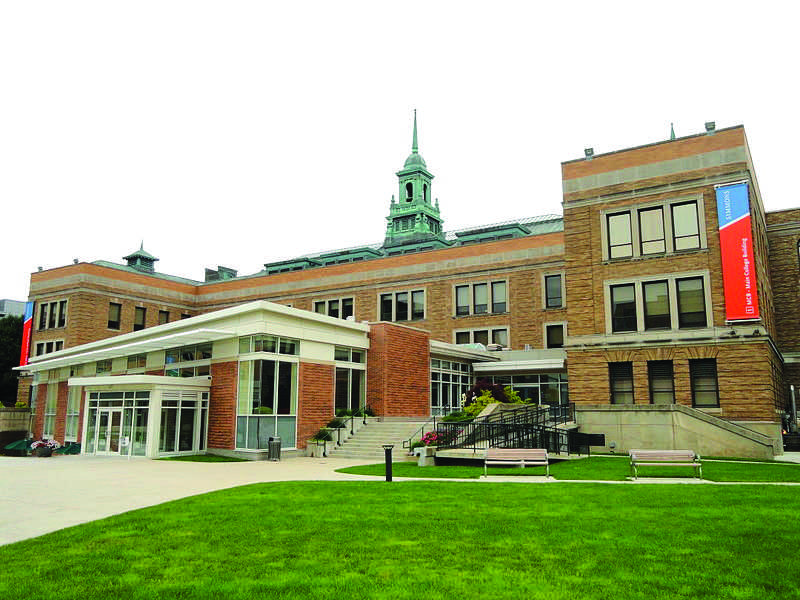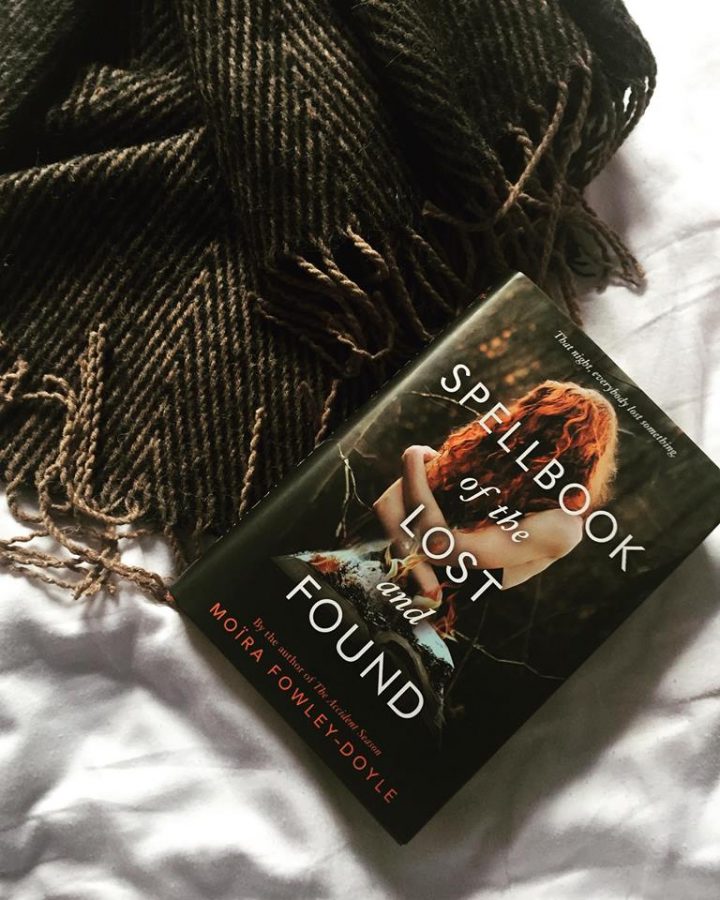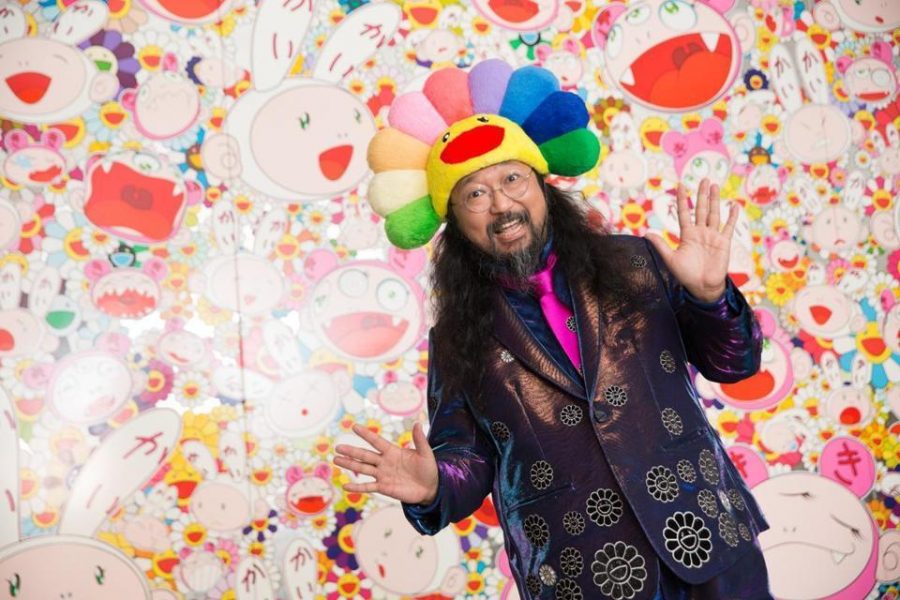By Lisa Nault
Staff Writer
 There are laws made to help children and protect them. However, there are times when the law falls short. Some children are caught in the social welfare system. John Oluwole Adekoje explores this issue in his new film “Knockaround Kids.”
There are laws made to help children and protect them. However, there are times when the law falls short. Some children are caught in the social welfare system. John Oluwole Adekoje explores this issue in his new film “Knockaround Kids.”
He produces and directs films that come with trigger warnings because they are about kids in difficult situations. This film centers mostly on three teens who live in a home together, all dealing with their own troubles.
Stacey loves fairies and is never seen without her wings on. Anita just wants to run away with her boyfriend. Tommy loves superheros and fire. Every character is established immediately in the first scenes. Despite the subpar acting, a result of non-professional actors, the characters are very interesting. They all start as kids who are stuck at the house but as the film continues, you learn what they have been through.
Some of their hardships are told outright, while others are more subtle. For instance, Stacey says that her mother’s second husband gets drunk and does things to her. On the other hand, the audience is told that Tommy burned down his house but there are images in the film of him playing games with a boy. It is then that the viewers see that the boy’s shirt is burnt and they realize that Tommy had killed his brother in the fire.
The film does a great job not going into too much detail about each child’s past and instead utilizes film techniques to further their stories.
The plot shifts at points to focus on the adults who take care of the children in the group home. These adults are not professionals; they do not know how to properly deal with the issues that arise, and they make the center feel more like a prison then a home. To put it bluntly, they are not a qualified staff.
This is not a rare occurrence in reality. The film accurately portrays the boundaries that must be made between the staff and the residents. The boundaries include being an authoritative figure versus a friend, which actions are appropriate for some and not others, and what should be the balance between talking at someone and listening to them.
Color is essential to “Knockaround Kids,” and without it a huge message from the film would be lost. When the movie begins, several black-and-white shots are shown to the audience with a voice-over of laws regarding children’s wellbeing.
From that point on, the rest of the film uses a vivid and saturated color. That is, until the end. The final scene repeats the laws and switches back to black-and-white sequences. The contrast represents the crucial flaw in the laws. They are interpreted as being clear and unchanging. They are black and white.
However, people’s lives are not black and white. They are full of various colors. No two lives are the same, and none of the children’s pasts are the same. Each is different and needs to be considered distinctly. These types of cases cannot be dealt with as if there is only one clear solution to the problem. That results in these kids being stuck at centers and being knocked around from place to place.
“Knockaround Kids” is an interesting take on kids living in social welfare system homes. Unlike other films, there is no sense of community with the children and adults. There are few adults who actually listen to the concerns of the residents, and one of them is a hallucination.
The shots in the film are up-close and personal to the leads, forcing the audience to see their emotions. It certainly makes the viewers question the system, which appears to be the intent.


















